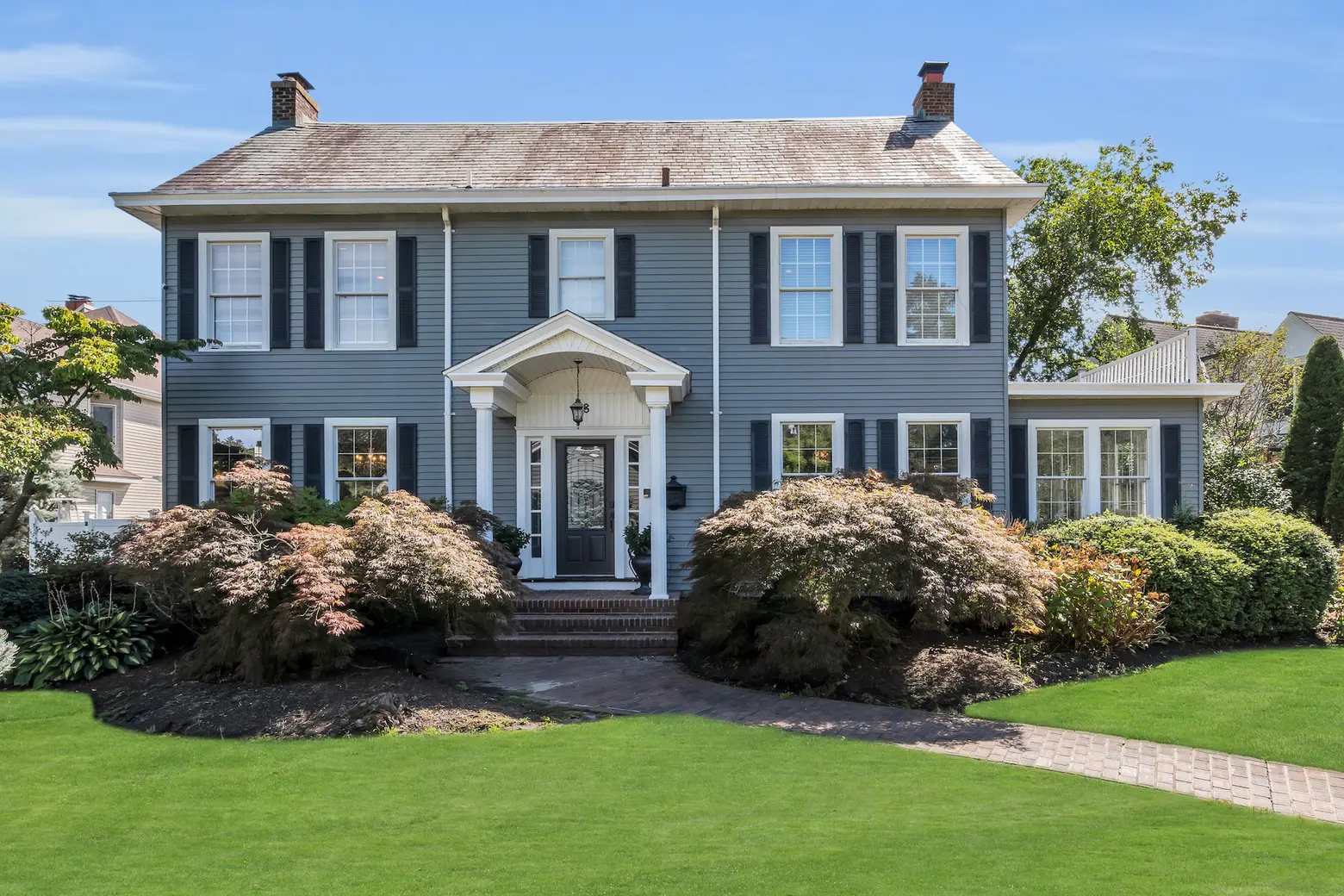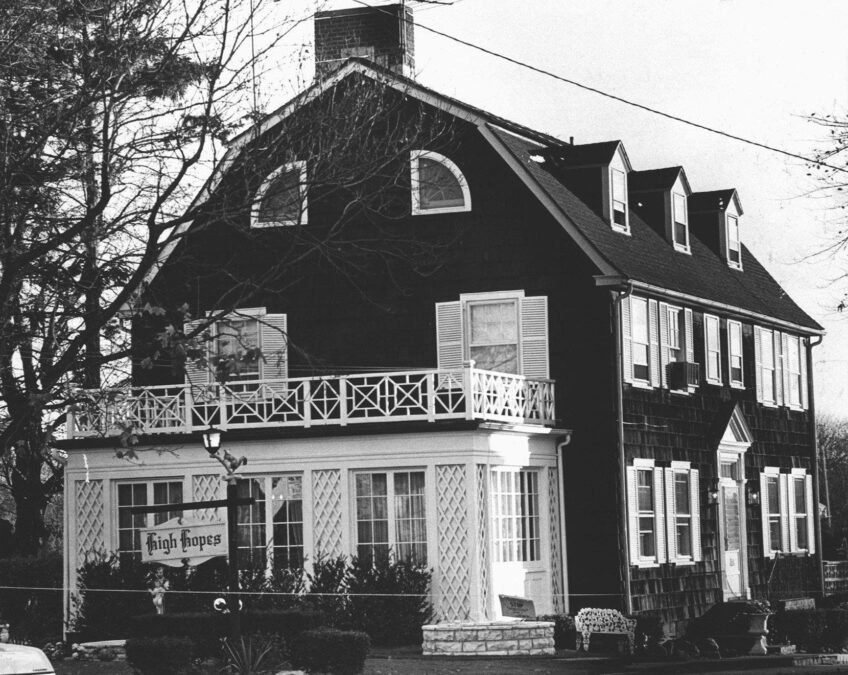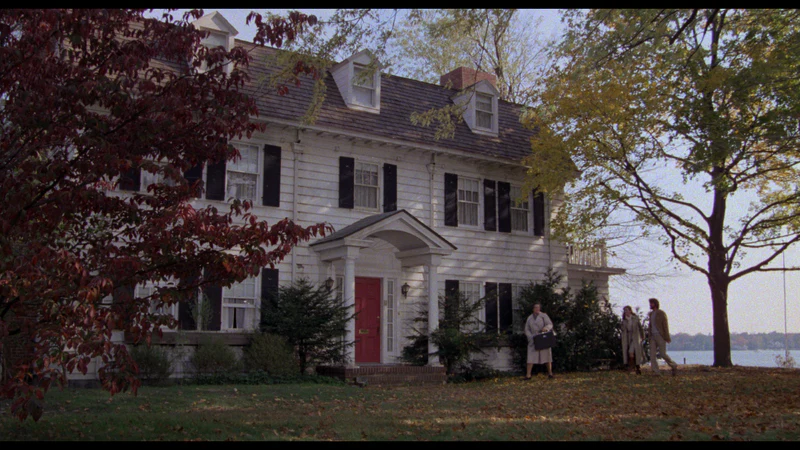The Amityville Horror House America’s Most Infamous Haunted Home

Few American haunted house stories are as infamous—or as controversial—as that of the Amityville Horror House. The tale blends real-life tragedy with supernatural speculation, creating a potent mix of horror and mystery that has captivated imaginations for decades. But what exactly happened in this otherwise quiet suburban home in Long Island, New York? Was it truly haunted, or just an elaborate hoax fueled by grief and media hype?
A Quiet Neighborhood Turned Horrific
Located at 112 Ocean Avenue, in the suburban village of Amityville, New York, the now-notorious home was the scene of a brutal mass murder before it became a subject of paranormal legend. On November 13, 1974, 23-year-old Ronald DeFeo Jr. shot and killed six members of his family as they slept: his parents and four siblings. The murders shocked the small community and the entire nation. DeFeo was convicted the following year and sentenced to six consecutive life sentences.
Despite the horrific nature of the crime, the house remained unsold for just over a year. Then came the Lutz family—and with them, the legend of the Amityville Horror House was born.
The Lutz Family’s 28 Days of Terror
In December 1975, George and Kathy Lutz, along with their three children, moved into the house. They were aware of the murders but reportedly felt unfazed by them, purchasing the home at a discounted price of $80,000. According to the Lutzes, they lasted only 28 days in the house before fleeing in terror, leaving all their belongings behind.
The Lutzes claimed the house was haunted by a malevolent presence. Their story included green slime oozing from the walls, cold spots, foul odors, unexplained noises, and even possession. George allegedly woke up at 3:15 a.m. every morning—the exact time DeFeo committed the murders. Kathy experienced levitations and had disturbing nightmares about the murders, and the children’s beds were said to move on their own.
Perhaps the most chilling claim involved an imaginary friend named “Jodie,” a pig-like creature with glowing red eyes that the Lutzes’ daughter insisted was real.
The Making of a Horror Phenomenon
These supernatural experiences became the basis for “The Amityville Horror”, a 1977 book written by Jay Anson, which chronicled the Lutz family’s experiences. The book was a commercial success, selling millions of copies and captivating a public that was both horrified and fascinated.
In 1979, the story was adapted into a film of the same name, which became a box office hit and spawned a series of sequels, remakes, and reboots. The Amityville Horror House became more than just a haunted home; it became a pop culture icon and a foundational piece in American paranormal lore.

Investigations and Skepticism
While many were enthralled by the story, others were skeptical. Paranormal investigators, journalists, and skeptics began examining the Lutzes’ claims more closely. Some experts in parapsychology were intrigued by the accounts, but others pointed out inconsistencies and a lack of physical evidence.
Perhaps most damaging to the story’s credibility was the revelation that the Lutzes may have collaborated with DeFeo’s defense attorney, William Weber, to fabricate the entire haunting in hopes of securing a book deal and media attention. Weber later claimed, “We created this horror story over many bottles of wine.”
In addition, subsequent owners of the house have reported no paranormal activity whatsoever, further casting doubt on the Lutzes’ account. The house has changed hands several times since the 1970s, and while the famous quarter-moon windows (often associated with its eerie image) were eventually removed, the property continues to draw curiosity and controversy.
The Real Horror: The DeFeo Murders
While debates continue about the veracity of the haunting, it’s important to remember that six people were brutally murdered in that house. The true horror may not lie in ghostly apparitions or green slime, but in the tragic loss of life and the deep psychological scars that such violence leaves behind.
Ronald DeFeo Jr. maintained various stories over the years about what happened that night, including claims that voices told him to kill. However, most psychiatrists involved in his trial diagnosed him with antisocial personality disorder and concluded that he was fully aware of his actions.
Cultural Legacy of the Amityville Horror House
Despite the controversies, the Amityville Horror House remains one of the most enduring legends in the world of paranormal investigation. Its story has been retold in dozens of films, documentaries, and books. The Amityville franchise, now including more than 20 films, explores a variety of supernatural themes, ranging from demonic possession to cursed artifacts.
The house has also become a staple of true crime discussions, ghost-hunting TV shows, and conspiracy theories. Some fans insist that the Lutzes’ story was at least partially true, while others see it as a textbook example of mass media manipulation

A Haunted Brand
Interestingly, the term “Amityville Horror” has become a sort of brand unto itself. New movies bearing the Amityville name often have little or nothing to do with the original house, but the name itself is enough to attract attention.
From a marketing perspective, the Amityville Horror House demonstrates the power of branding fear. Whether or not ghosts truly haunted the home, the story continues to frighten and fascinate, illustrating the human tendency to explore the unknown and believe in the supernatural.
Conclusion: Truth, Fiction, or Something in Between?
The story of the Amityville Horror House is one where truth and fiction blur, creating a legend that refuses to die. Whether you believe in the paranormal or not, the Amityville case remains a cultural touchstone—a cautionary tale about grief, belief, media influence, and the mysterious nature of reality.
More than four decades after the Lutz family fled in terror, the house still stands, quietly nestled in a quiet Long Island neighborhood. And while the windows may have changed and the owners may come and go, the legend of the Amityville Horror House lives on—etched into American folklore, one haunting at a time.